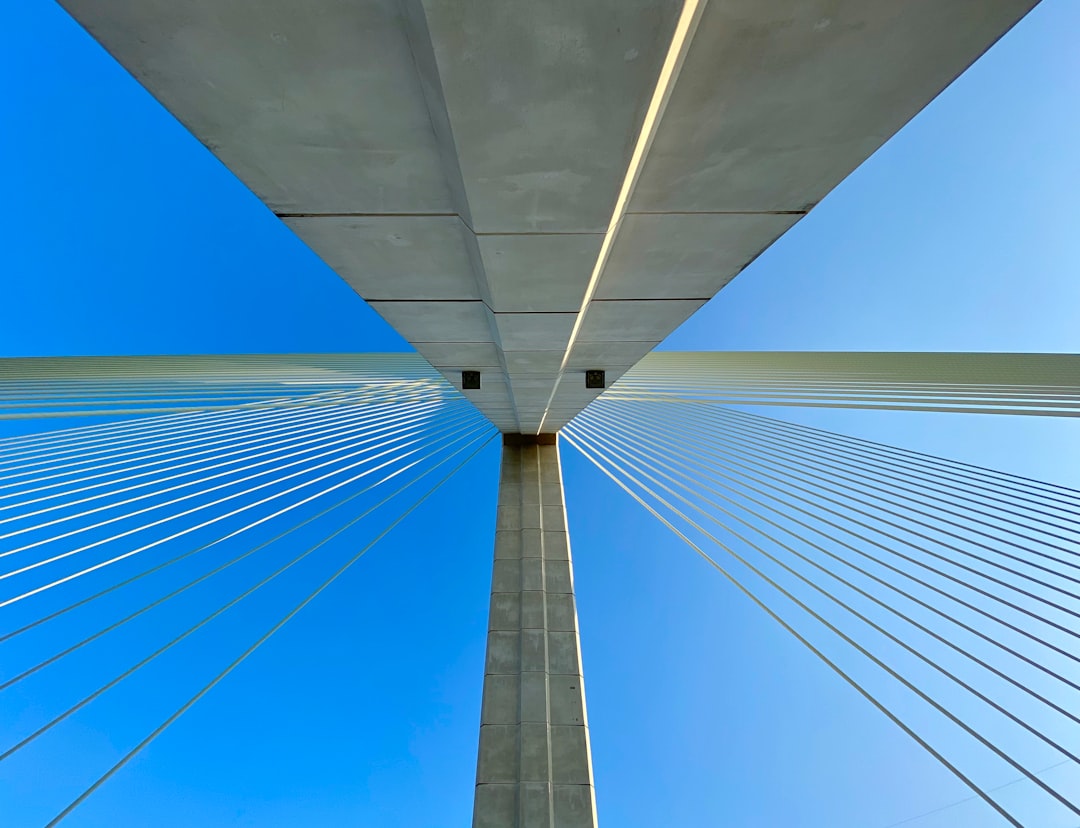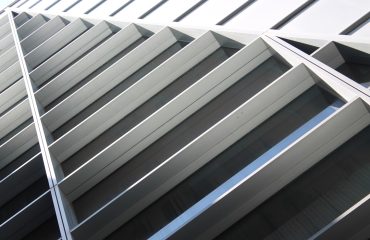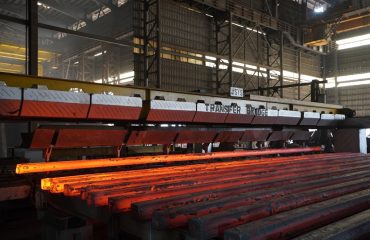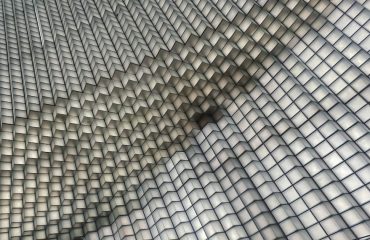Universal Parallel Flange (UPN) profiles, also known as parallel flange channels, are ubiquitous in structural engineering. Their simple yet robust design makes them incredibly versatile, suitable for a wide range of applications. This comprehensive guide delves into the intricacies of UPN profiles, exploring their characteristics, applications, design considerations, and advantages and disadvantages.
Understanding UPN Profile Geometry and Properties
UPN profiles are characterized by their parallel flanges and a single web connecting them. This unique geometry provides excellent shear strength and stiffness, making them ideal for applications requiring both strength and stability. Key geometric parameters include the overall depth (height), flange width, web thickness, and flange thickness. These dimensions dictate the section’s area, moment of inertia, section modulus, and radius of gyration – crucial parameters for structural calculations. Understanding these properties is fundamental to selecting the appropriate UPN profile for a given application. Different manufacturers may have slightly varying dimensions for the same nominal size, so always refer to the specific manufacturer’s data sheets for accurate values. These data sheets typically include detailed information on material properties (yield strength, ultimate tensile strength), weight per unit length, and relevant design parameters.
Applications of UPN Profiles in Structural Design
The versatility of UPN profiles leads to their widespread use in various structural applications. They are commonly employed as:
- Beams and Girders: UPN profiles are frequently used as beams in lighter-duty structures, such as roofing systems, walkways, and mezzanine floors. Their parallel flanges provide good stability against lateral buckling.
- Columns and Supports: While not as commonly used as other sections for major columns, UPN profiles can effectively serve as supports in less demanding applications.
- Bracing Members: Their inherent strength and stiffness make them suitable for bracing elements, enhancing the stability of larger structures.
- Framing Elements: In industrial buildings and workshops, UPN profiles often form part of the framing system, providing support for cladding and other components.
- Reinforcement: UPNs can be used to reinforce existing structures or provide additional support to weakened areas.
Design Considerations and Calculations for UPN Profiles
Designing with UPN profiles requires careful consideration of several factors. Accurate load calculations are paramount, taking into account dead loads, live loads, and any other relevant forces. These calculations determine the required section modulus and moment of inertia, guiding the selection of the appropriate UPN profile. Software packages and hand calculations using relevant standards (like Eurocodes or AISC) are typically employed. Factors like deflection, buckling, and shear capacity must also be carefully checked to ensure the structure meets safety requirements. The connection design is equally critical, ensuring that the connections are strong enough to transfer loads effectively to the UPN profile. Welding, bolting, and other connection methods need to be designed appropriately based on the loads and material properties.
Advantages and Disadvantages of Utilizing UPN Profiles
UPN profiles offer several advantages, including:
- Cost-effectiveness: They are generally less expensive than other steel sections like I-beams or H-beams.
- Ease of Fabrication: Their simple geometry makes them relatively easy to fabricate and weld.
- Versatility: Suitable for a wide range of applications.
- Good Strength-to-Weight Ratio: They offer a reasonable balance between strength and weight.
However, there are also some disadvantages:
- Limited Load-Bearing Capacity: Compared to heavier sections, their load-bearing capacity is relatively lower.
- Susceptibility to Buckling: Their relatively slender geometry can make them susceptible to buckling under compressive loads.
- Potential for Torsional Issues: The open section design can lead to torsional issues in certain applications.
Selecting the Right UPN Profile: A Practical Approach
Selecting the appropriate UPN profile involves a systematic process. Begin with a thorough understanding of the loading conditions and design requirements. Utilize relevant design codes and standards to perform the necessary calculations, determining the required section modulus and moment of inertia. Consult manufacturer’s data sheets to identify suitable UPN profiles that meet or exceed these requirements. Consider factors such as deflection, buckling, shear capacity, and connection design. Finally, always factor in safety margins to ensure the structure’s integrity and longevity. It’s highly recommended to involve experienced structural engineers in the selection and design process, especially for complex projects.
In conclusion, UPN profiles are a valuable asset in the structural engineer’s toolkit. Understanding their properties, applications, and design considerations is crucial for ensuring the safety and efficiency of any structure incorporating these versatile steel sections.
Tags: UPN profile, structural steel, parallel flange channel, steel section design, structural engineering calculations




